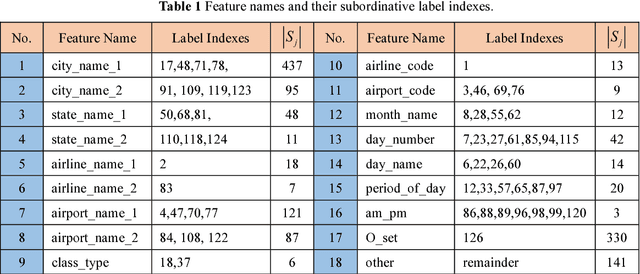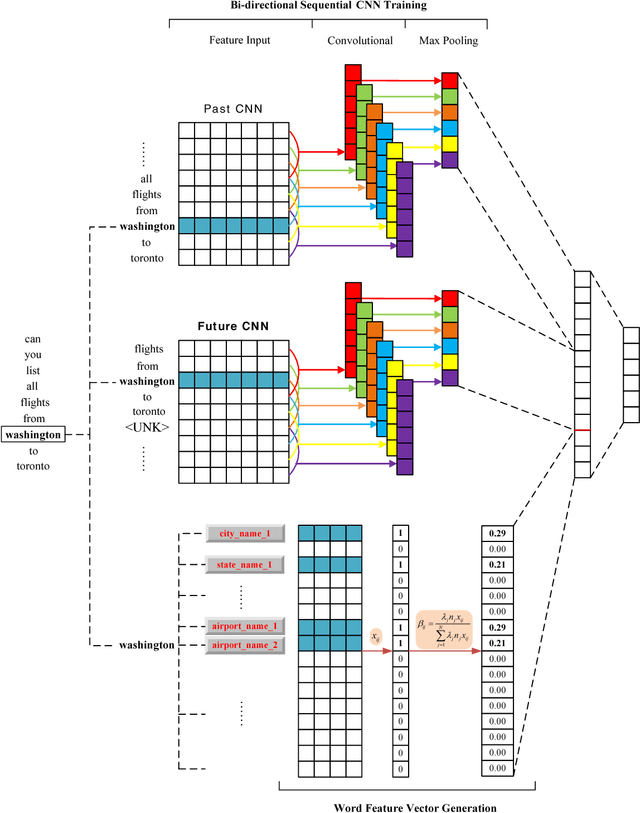Combining Word Feature Vector Method with the Convolutional Neural Network for Slot Filling in Spoken Language Understanding
Paper and Code
Jun 18, 2018



Slot filling is an important problem in Spoken Language Understanding (SLU) and Natural Language Processing (NLP), which involves identifying a user's intent and assigning a semantic concept to each word in a sentence. This paper presents a word feature vector method and combines it into the convolutional neural network (CNN). We consider 18 word features and each word feature is constructed by merging similar word labels. By introducing the concept of external library, we propose a feature set approach that is beneficial for building the relationship between a word from the training dataset and the feature. Computational results are reported using the ATIS dataset and comparisons with traditional CNN as well as bi-directional sequential CNN are also presented.
 Add to Chrome
Add to Chrome Add to Firefox
Add to Firefox Add to Edge
Add to Edge